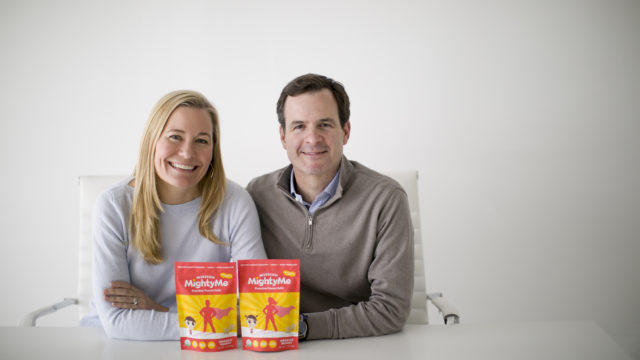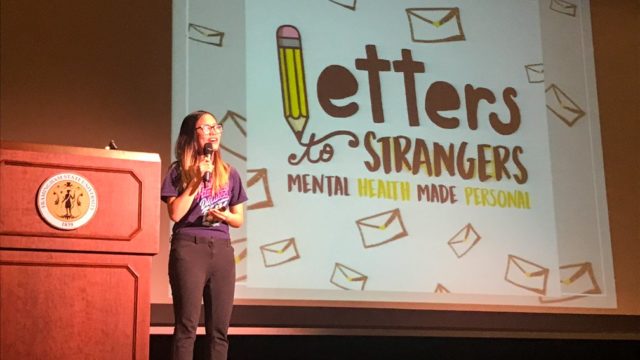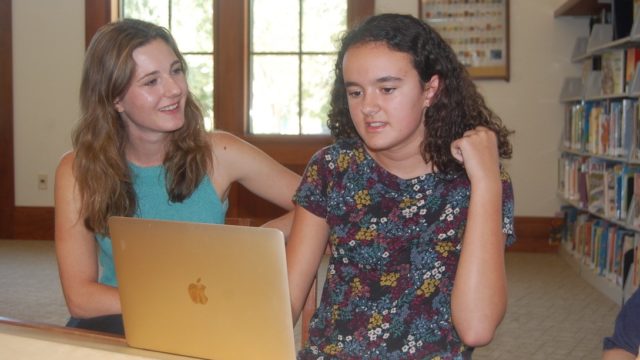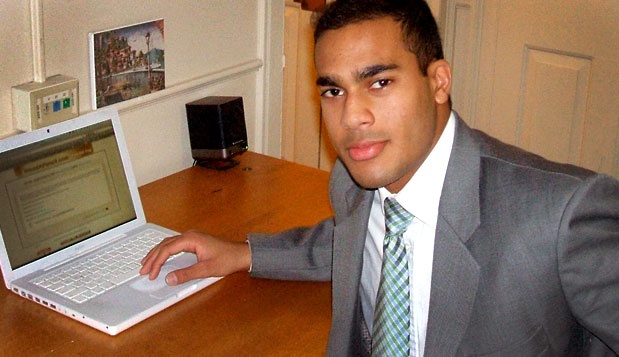
A Commitment to Entrepreneurship and Educational Opportunities
By Jason Shah (2007) | In 2012, launching a company or nonprofit is the thing to do. Why not? It offers autonomy, promises of riches or praise, and the chance to drive more change in the world than any entry-level job allows.
When I launched INeedAPencil.com in 2005 to provide affordable (free!) online SAT preparation to anyone who needed it, I had no idea what a ‘startup’ or ‘venture capital’ was.
 That year, as a high school junior, I visited the middle school class my sister was teaching in West Philly through Teach for America. It opened my eyes to what is known as the “achievement gap.” Students asked serious questions I thought were meant as silly jokes. Some of the concepts I had down pat since elementary school still weren’t clear to them.
That year, as a high school junior, I visited the middle school class my sister was teaching in West Philly through Teach for America. It opened my eyes to what is known as the “achievement gap.” Students asked serious questions I thought were meant as silly jokes. Some of the concepts I had down pat since elementary school still weren’t clear to them.
A lot of programs were tackling the education gap in the classroom. But I saw another pitfall that lay ahead for the students I worked with that day in 2005: taking the SAT.
That’s why I decided to start INeedAPencil.com (INAP).
I had never started a business before. I had never built a website before. I don’t know why I thought I could pull it off. But being young and stubborn has its benefits.
Because I had no technical skills to my name, I sought out my one friend in high school who did know how to code. He agreed to help me get started, so I wrote a 100-page business plan (don’t do that) and convinced my parents that my idea had some legs. They agreed to give me a small loan to help me get started.
The next several months were a whirlwind: taking note of every quirk on the site that needed fixing, chatting on MSN Messenger at 4 a.m. with the web development team I hired in India, handwriting SAT questions, and so on.
In April 2007, INeedAPencil.com launched.
I called teachers, principals, and guidance counselors whenever I could to convince them to use the site. I (tried to) spread the message far and wide. Some students used it, but not many.
Two years passed. I was in college at this point. INAP had grown, thanks to some school and afterschool program partnerships. But in the first two years, there was no press. There were very few users. And forget about revenue to help pay for college.
But the site was alive and growing. I applied to my college’s business plan competition that year, and finally got some traction with $15,000 to pursue partnerships, grow the user base, and redo the site.
In the months that ensued, the INAP team grew to seven people. I began spreading the word about the INAP story and really nurturing the INAP community, hoping that every new user would bring five friends onboard.
Soon we had tens of thousands of users. The press wanted in: first the college newspaper, then Inc., then The New York Times, then CNN. Student numbers went through the roof. Students who used the site reported a 202-point score increase, and we were getting traffic from the country’s worst performing school districts. I landed a content distribution deal. Things were happening.
The next year, I would graduate college. I needed to figure out a transition plan: either go full-time with INAP, or find a new home for my baby.
CK12, an early partner in helping to distribute INAP content, expressed an interest in growing INAP. CK12 is an incredible nonprofit that delivers access to high-quality educational content. In August 2010, we had an agreement for CK12 to acquire INAP and make it into something bigger and better than it was then.
Seeing what CK12 has planned for INeedAPencil.com, I now know that selling INAP to CK12 was the right call.
After selling the company, I graduated college and decided to do it all over again. So I started another company. But that’s another story for another time.
For young entrepreneurs out there, I hope you’ll consider three key things I have learned from my experience launching INAP:
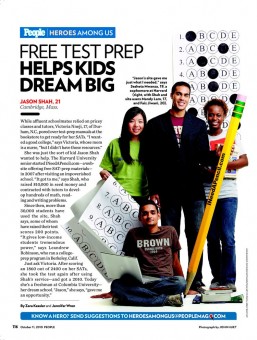
- Don’t do it for the riches or praise. Try to remain grounded. More than the generic “do what you love,” make sure you’re self-aware about your goals. Money and attention are great, but the failure rate of startups suggests that the average person will garner neither.
- Focus on impact, not organizational structure. Titles mean nothing. Instead of focusing on whether you’re the “founder” or “CEO,” work on building something.
- There is no magic. Startups are a lot of hard work. To make big things happen, you need patience, skill, hope, and work ethic.
To read more of Jason’s pointers, check out “Launching Your Own Startup.”
Read more about “I Need a Pencil” and his connection to 2010 Coca-Cola Scholar, Victoria Nneji, mentioned in a People Magazine article in 2010.
And if you have started your own company, let us know other pointers, challenges or successes that you have learned from your experience. Comment below.
After Jason Shah (2007 Coca-Cola Scholar) sold INeedAPencil.com and graduated from Harvard College in 2011, he moved to San Francisco to launch a new company called TechPolish, a recommendation engine for software. Most recently, he joined social enterprise network Yammer as a product manager, where he works on building new features that help people work faster and happier. Jason blogs and tweets (@jasonyogeshshah) about startups, user experience, and life.


